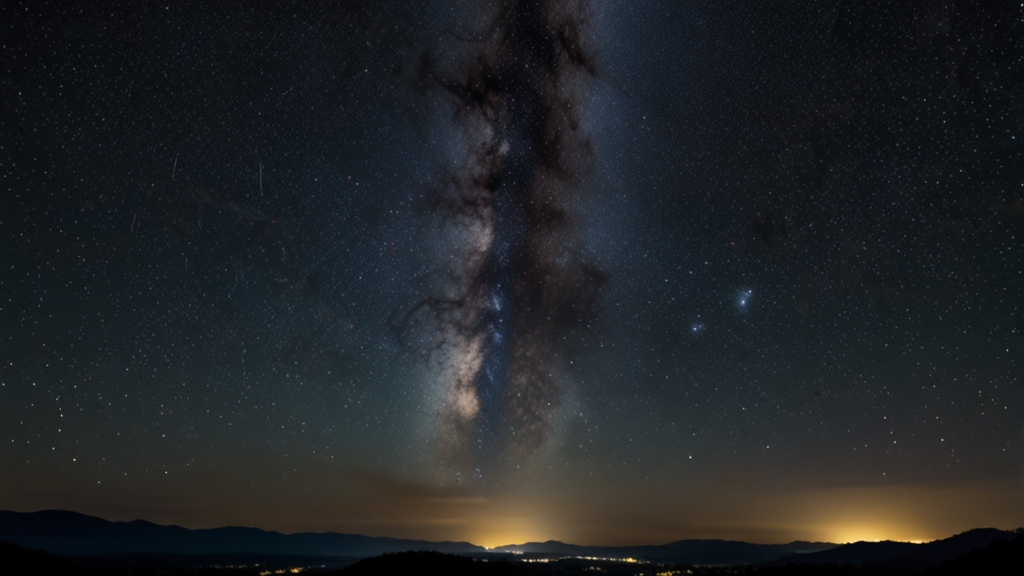Stargazing Tips: How to See the Wonders of the Sky Like a Pro
Stargazing is a captivating and rewarding activity, offering a glimpse into the vast universe beyond our planet. Whether you're a novice or an experienced astronomer, knowing how to maximize your stargazing experience is essential. Here are some expert tips to help you see the wonders of the sky like a pro.
1. Choose the Right Location
Light pollution is the enemy of stargazers. To see the night sky in all its glory, it’s crucial to find a location away from city lights. National parks, rural areas, and designated dark-sky parks are excellent choices. The less ambient light, the better your view of the stars and other celestial objects.
"The darker the sky, the brighter the stars. Escape the city lights for a truly mesmerizing stargazing experience."
2. Timing is Everything
The time you choose to stargaze can dramatically affect what you’ll see. The best time for stargazing is during a new moon when the sky is darkest. Additionally, consider stargazing during the winter months when nights are longer and the air is clearer. A weather app or astronomy website can provide information on ideal stargazing nights.
3. Equip Yourself with the Right Gear
While the naked eye can see many celestial wonders, having the right gear can enhance your experience. A pair of binoculars or a telescope is invaluable. For beginners, a good-quality pair of binoculars can reveal lunar craters, the moons of Jupiter, and countless stars. For those wanting more detail, consider investing in a telescope. Remember to also bring a star chart or download a stargazing app to help identify constellations and planets.
4. Adapt to the Darkness
Allow your eyes to adapt to the dark by avoiding bright lights. When you need to use a light, choose a red flashlight, as red light has the least impact on your night vision. Patience is also key; spending at least 20-30 minutes in the dark will help your eyes adjust and reveal the fainter stars and celestial objects.
"Patience and darkness are a stargazer's best friends. Give your eyes time to adapt for the best view of the night sky."
5. Understand What You’re Looking At
Knowledge enhances appreciation. Learn the basic constellations and star names, and understand the movements of astronomical bodies. Join local astronomy clubs or participate in online forums to gain insights from seasoned stargazers. Planetariums and astronomy museums often provide educational programs and resources to further your understanding.
6. Keep a Stargazing Journal
Documenting your stargazing sessions can be both fun and educational. Note the date, time, location, and weather conditions of your observations. Record what constellations, stars, and planets you observed. Over time, you’ll be able to see patterns and improvements in your stargazing skills.
7. Dress Appropriately and Stay Comfortable
Stargazing often means spending extended periods outside at night. Wear warm, layered clothing to stay comfortable, especially in colder seasons. Bring a comfortable chair or blanket to sit on. Hot drinks and snacks can make the experience more enjoyable, allowing you to remain outside longer and take in more of the night sky.
"Comfort is key. Dress warmly and bring a cozy chair to make your stargazing adventures relaxing and enjoyable."
Conclusion
Stargazing is a beautiful way to connect with the cosmos. By choosing the right location, timing, and equipment, and by understanding the sky’s movements and caring for your comfort, you can elevate your stargazing experience to a professional level. So grab your gear, find a dark spot, and get ready to be awed by the wonders of the night sky.









